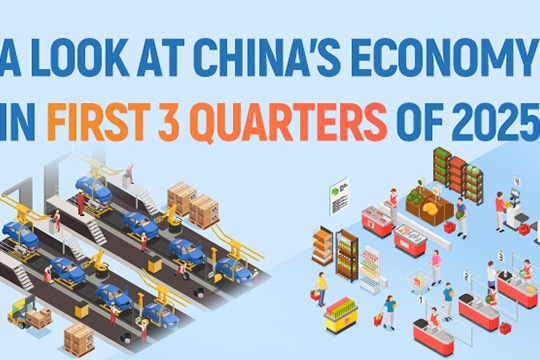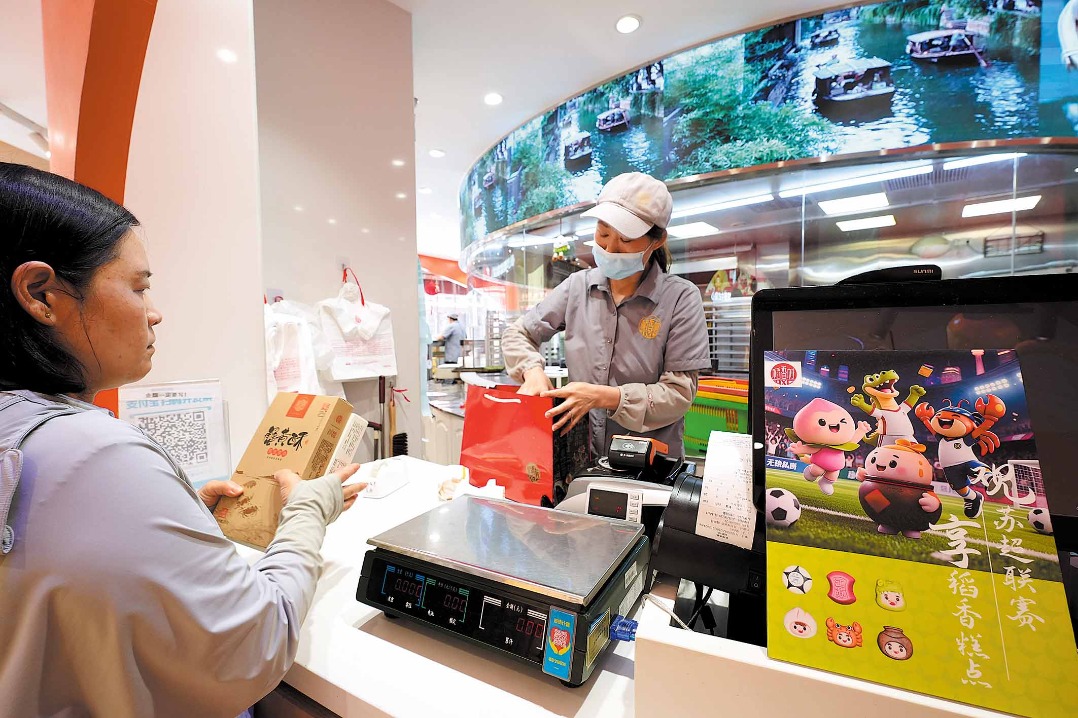Quarter of Chinese villages have e-commerce distribution sites


BEIJING - One in every four Chinese villages had e-commerce distribution sites at the end of 2016, official data showed, reflecting an improved logistics network and new economic trends in rural areas.
By the end of 2016, 99.7 percent of villages had access to electricity, while 11.9 percent could use natural gas, according to results of the country's third national agricultural survey.
A total of 91.3 percent of rural towns had centralized water supply, and 90.8 percent had centralized garbage treatment, while 53.5 percent of villages had finished or partly finished toilet renovation projects.
In terms of public services, a majority of towns had libraries, kindergartens and healthcare institutions, but relatively few had theaters and sports stadiums.
China's agricultural survey has been conducted every 10 years since 1996 to collect information on rural production, infrastructure, public services and living conditions for future policy guidance.
The third census involved 5 million interviewees, more than 200 million rural households, and over 3 million businesses and other market entities.
While living standards in cities have drastically improved with China's stellar economic growth, the living environment for the country's 600 million rural people still has huge room for change.
Thursday's results highlighted the weak links in China's rural development, including a low level of agricultural industrialization and a big urban-rural gap.
As of the end of 2016, there were 43.35 million rural Chinese living below the national poverty line.
To spur rural development, the Chinese government has looked to e-commerce, tourism and modern agriculture for opportunities.
The data showed that at the end of 2016, 4.9 percent of Chinese villages had started to tap their tourism potential, up 2.7 percentage points from 2006, and 51,000 rural businesses sold their farm produce through e-commerce platforms.
The State Council Wednesday called for more efforts to foster new types of agricultural business in the country.
Projects will be launched to support diverse business entities that integrate different industries and link to the Internet Plus strategy, said a statement released after a State Council meeting chaired by Premier Li Keqiang.
Training plans will be implemented to cultivate new types of professional farmers to spur entrepreneurship and innovation in rural areas and lift more people out of poverty, the statement said.




































